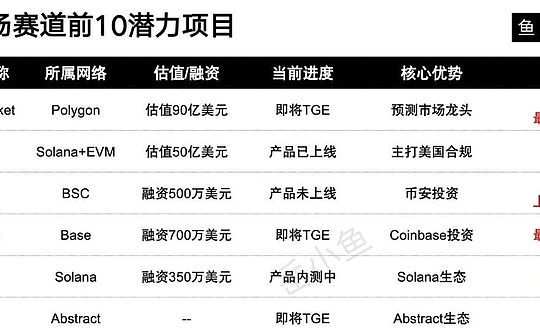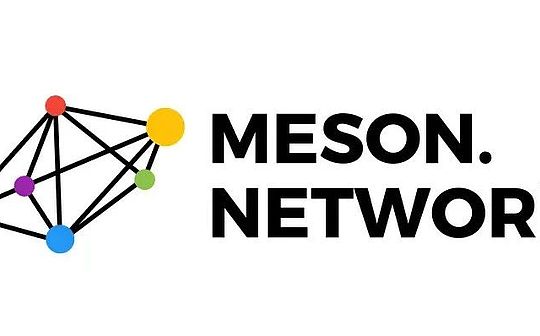
1. Project introduction
MESON Network is a DEPIN project designed to establish a smart bandwidth market through the blockchain protocol. It aims to optimize the use of bandwidth in a decentralized manner to solve the risks of unfamiliar bandwidth, corporate high cost, network congestion and centralized risks.
>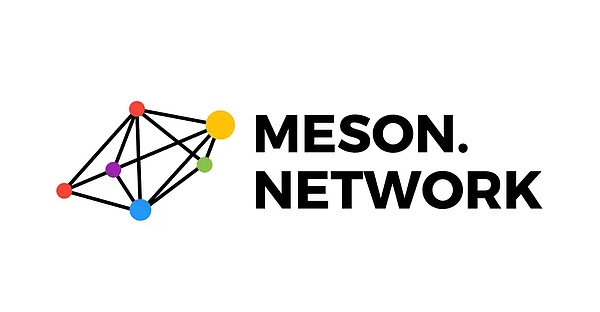
in short,MESON Network gathers the idle bandwidth of other people in different regions of the world through the long -tail market and sharing economy model, Use a certain rules to be used to use data transmission needs nearby, forming a decentralized bandwidth resource network.
Project features include:
There are more than 100,000 nodes worldwide, and these nodes provide necessary bandwidth resources to support fast access and synchronization of data.
The shared economic model supports global data transmission needs by integrating the idle bandwidth resources of individuals and enterprises.
For business models, Meson Network integrates bandwidth resources through products such as Gateway X and Gaga Node, and commercial realization through IP Cola and other products to reward nodes that contribute width.
2. Running principle
>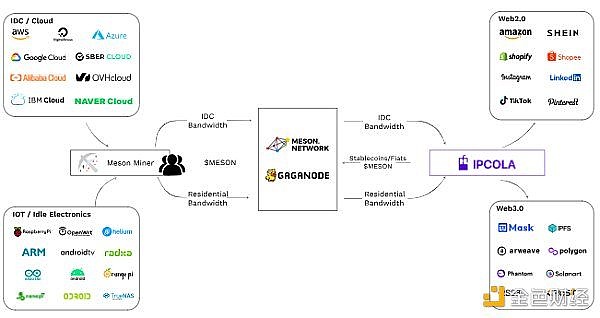
The picture above is the easiest way to understand Meson Network’s operation: Assuming users A uses large bandwidth VPS provided by providers such as Amazon Web Service or Google Cloud, but they do not use all bandwidth.At this time, the user A can choose to become the verification of Meson Network through Gaganode or GatewayX, providing excess bandwidth for Web2 and even Web3 services.Since then, in the context of increasing VPS service costs, user A can fully optimize the performance of its VPS.
Specifically, Meson Network aggregates global idle bandwidth resources. These resources come from various individuals or enterprises, such as users who use Amazon Web services or Google Cloud services.MESON Network has established a bandwidth trading market that users can buy and sell bandwidth in this market.This market is decentralized and is not controlled by a single authority or intermediary agency.
Users can provide their unprecedented bandwidths to Meson Network or become the authentication of the network (through services such as Gaganode or GatewayX), and provide excess bandwidth for Web2 and Web3 services.These verifiedrs help maintain the normal operation of the network and ensure the transparency and fairness of bandwidth transactions.
3. Core mechanism
>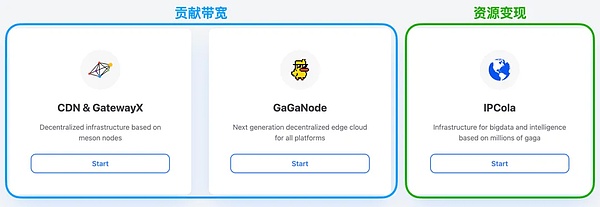
3.1Gateway x
Gateway X is a key component in Meson Network, which plays an important role in integrating and distributing bandwidth resources.
>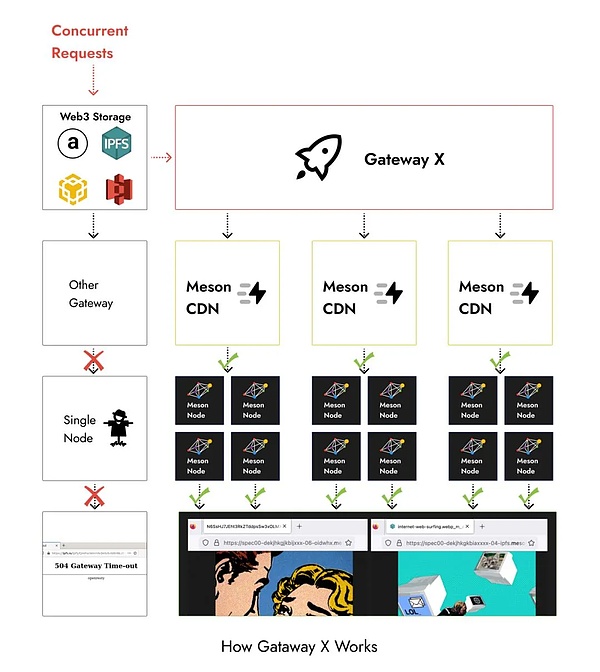
3.1.1Function and role
Gateway X, as one of the core technologies of Meson Network, is the main function as a distributed bandwidth gateway. It helps integrate bandwidth resources from different sources and effectively allocate these resources to end users or services that need them.
3.1.2How to work
-
Resource aggregation: Gateway X to gather idle bandwidth resources around the world.These resources may come from the unused bandwidth of individuals, enterprises or data centers.
-
Resource allocation: Through Gateway X, MESON Network can allocate the collected bandwidth resources in a decentralized manner to Web2 and Web3 applications and services that require higher data transmission rates.This distribution is optimized based on user needs to ensure the efficient use of bandwidth resources.
-
Cost benefits: Gateway X provides opportunities to reduce network costs by optimizing the use of bandwidth.
-
Performance improvement: For services that require large amounts of data transmission, such as streaming media and large -scale data processing, Gateway X can provide necessary bandwidth support to improve the overall performance of the service.
-
Decentralization: As a decentralized bandwidth solution, Gateway X improves the transparency and fairness of bandwidth distribution, and reduces dependence on centralized service providers.
-
Node access and registration: Users can register their own devices (such as personal computers, home routers or corporate servers) as Gaganode.These devices provide idle bandwidth to MESON Network without affecting their own network needs.
-
Bandwidth contribution: After registration, these devices become part of the network, which can provide bandwidth to other users or services according to needs.This contribution is automatically optimized and scheduled by the Meson Network algorithm according to the needs of bandwidth.
-
Incentive mechanism: In order to encourage users to contribute bandwidth, Meson Network rewards users who participate in the network as Gaganode through their local token MSN.
-
Decentralization management: Gaganode uses decentralization to manage bandwidth resources, which means that there is no single central node to control the entire network and improve the transparency and security of the network.
-
Automatic operation: The distribution and management of bandwidth is automatically carried out. Users do not need to manually intervene, and the system will automatically match the idle bandwidth and demand.
-
Compatibility and scalability: Gaganode design allows multiple types of devices to join the network, including but not limited to routers, servers or personal computers, which improves the flexibility and scalability of the network.
-
Distributed cloud computing and storage: By providing additional bandwidth, Gaganode supports applications that require large amounts of data transmission and processing, such as distributed cloud computing and big data analysis.
-
Web3 application: Provide necessary network support and data transmission speed for various web3 applications, including decentralized applications (DAPPS), blockchain services, etc.
-
Economic benefits: Users can obtain additional income by monetizing unused bandwidth resources.
-
Network performance improvement: Gaganode improves the performance and response speed of the entire MESON Network by increasing the bandwidth resources of the network.
-
Support decentralization: strengthens the decentralization characteristics of the entire network and enhances the anti -attack ability and reliability of the network.
-
Polytes of bandwidth resources: Meson Network Through its technical components, such as Gateway X and Gaganode, the idle bandwidth of global users is aggregated.
-
Create a trading market: Users can sell their idle bandwidth in the market, or purchase bandwidth resources of other users to meet their needs.
-
Use smart contracts: All bandwidth transactions are automatically executed through smart contracts. These contracts define the terms and conditions of the transaction, ensuring the fairness and transparency of the transaction.
-
Payment and settlement: The transaction uses the local token MSN of Meson Network for payment and settlement to ensure the rapid and security of the transaction.
-
Decentralization: The bandwidth trading market is completely decentralized. There is no central control point, reducing potential single -point faults and review risks.
-
Cost efficiency: Remove intermediaries and agents in traditional bandwidth transactions, reduce transaction costs, and use users to benefit directly from its unused bandwidth.
-
Transparency: Use blockchain technology to record all transactions to ensure the transparency and traceability of the transaction.
-
Automation transactions: Through the automated transaction process of smart contracts, transaction efficiency is improved and human errors have been reduced.
-
Reward miners: MSN is used to reward miners who provide server resources for MESON Network.
-
Pledge incentive: Although there is currently no direct benefits for the pledged MSN token, miners can improve mining efficiency by pledge.
-
Payment means: When users need additional bandwidth, they can use the MSN token to pay.
-
Agreement: MSN token holders can vote for the development or parameter modification of the MESON network.
-
Initial supply: 100 million MSN tokens.
-
Support chain: Ethereum main network and Arbitrum.
-
Distribution methods: include airdrops, public sales, partners, technical teams, foundation reserves, ecosystem construction, and investors.
-
Jumpstart: 0.8%
-
Airdrop: 2.2%
-
Public sales: 5%
-
Partner: 6%
-
Technical team: 15%
-
Foundation reserve: 20%
-
Ecosystem: 25%
-
Investor: 26%
-
Private sales: 12-36 months after TGE (tokens generation event) unlock within 12-36 months.
-
Public community sales: linear unlocking within 6 months after TGE.
-
Ecosystem: completely locked after TGE, and unlocked linearly within 8 years.
-
Foundation reserves: completely locked after TGE, and unlocked linearly in the following 8 years.
-
Technical team: It was completely locked in the first 6 months after TGE, and then unlocked linearly within 8 years.
-
Partner: Linelian unlocking within 6 years after TGE.
-
Test network mapping: directly circulate after TGE.
-
Inflation: All inflation originated from miners’ rewards. The first year of mining inflation rate was 5%, and then decreased by 0.5%each year.
-
Circulation method: Miners can get MSN as a reward by providing idle servers to Meson Network.The MSN paid by customers when using the Meson service can be exchanged for centralized or decentralized exchanges.
-
Team members: including technical teams, marketing teams, production teams, operating teams, consultants and advocates.
-
Distribution timetable: The specific allocation timetable of the technical team has been determined, and the distribution timetable of other groups has not yet been determined. Meson Network reserves the right to determine the accurate distribution timetable of these groups.
-
Current price: $ 3.13
-
24 -hour change: dropped 38.12%
-
24 -hour trading volume: $ 69,184,809
-
In Bitget’s pre -trading transaction, the best selling price of MSN token is 10.3 USDT, and the best purchase price is 8.58 USDT.
-
Schiphak: Co -founder and CEO.
-
Li Li: Co -founder and CTO.
-
BRUCEWAYNE: Core engineer.
-
Martin to: The person in charge of community construction.
-
Howard Z: Marketing and ECO Director.
-
Zion Wong: Customer Service Management Director.
-
IPFS and Arweave, both of which are well -known distributed storage solutions.
-
BSC (Binance Smart Chain) and OKExchain, which are popular blockchain platforms, provide smart contract functions and blockchain services.
-
Filecoin and Crust also provide decentralized storage services.
-
ChainLink, a decentralized prophet network, provides real world data for smart contracts.
-
Bloomberg and Yahoo, both are world -class news and information service platforms.
-
Cointelegraph and CoinDesk, they focus on news reports of cryptocurrencies and blockchain technology
-
Helium (HNT): Helium is a decentralized Internet of Things (IoT) network construction project that allows the device to connect wirelessly to the Internet and transmit data.The node operator of the Helium network earn to earn token rewards by providing network coverage, similar to the way miner obtains tokens to provide bandwidth resources in Meson Network.
-
Filecoin (Fil): Filecoin is a decentralized storage network that allows users to rent unused hard disk space and ensure the safety and reliability of the storage procedure through blockchain technology.Although it is mainly focused on storage rather than bandwidth, Filecoin’s model is similar to the concept of resources provided by Meson Network.
-
Arweave (AR): Arweave is a project designed to provide permanent storage solutions and stores data through distributed networks.Its design philosophy is the same as the use of decentralized resources promoted by Meson Network.
-
Individual users: Individuals with idle bandwidth resources hope to monetize these resources to obtain additional income.
-
Corporate customers: need extra bandwidth to support their services, such as content distribution network (CDN) providers, big data companies and cloud service providers.
-
Web3 application: decentralized applications (DAPPS) of stable and efficient network services, including decentralized financial platforms, games or social media platforms.
-
Technical complexity: Building a decentralized bandwidth trading market requires highly complex technology and may face challenges in implementation.
-
User adoption: Although MESON Network provides innovative services, the wide adoption of users and providers is not without obstacles, and it takes time to educate the market and build trust.
-
Competitive pressure: projects similar to Meson Network are also exploring the same market opportunities, which may bring fierce market competition.
-
Market positioning: The unique position of establishing a project in the decentralized infrastructure market requires clear brand and value proposition.
-
Regulatory uncertainty: Like all blockchain projects, Meson Network is also facing uncertainty of the regulatory environment, especially in different legal systems around the world.
-
Token value fluctuations: From the perspective of the market performance of the project, the price of MSN token fluctuates greatly, which may affect the stability of the project and investor confidence.
-
Lobricity problem: According to market data, the circulation supply of MSN tokens is 0, which may mean that the tokens are limited.
-
Technology and ecosystem integration: Integrating multiple technical components and services (such as Gateway X, Gaganode, and IPCOLA) into a collaborative ecosystem may encounter practical problems.
-
Community and ecosystem support: Building and maintaining an active community is vital to ensure long -term success in the project, but this requires continuous resources and efforts.
-
Business model verification: Although the business model of Meson Network seems feasible, its long -term profitability and sustainability of business models still need market verification.
3.1.3Technical implementation
Gateway X uses a series of efficient algorithms and protocols to manage and distribute bandwidth.It uses blockchain technology to record and verify all bandwidth transactions to ensure the transparency and security of the transaction.These technologies also include smart contracts for automatic execution of contracts in bandwidth transactions and distribution.
3.1.4User participation
Users can connect their additional bandwidth to Gateway X by becoming part of Meson Network.This can not only help them monetize unused bandwidths, but also obtain the MSN token as a return on the incentive mechanism provided by the network.
3.1.5Superiority
>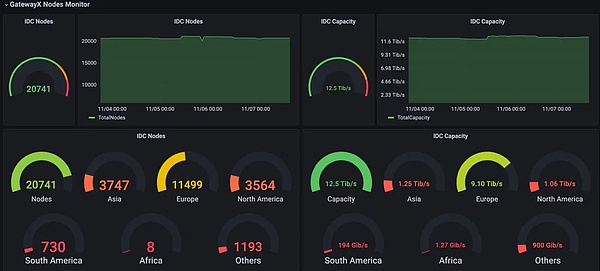
From MESON’s data board, it can be found that the currently access IDC has more than 20,000 nodes worldwide, and the data transmission capacity of 12.5tib/s is formed.
Gateway X is one of the core tools for Meson Network to provide decentralized bandwidth solutions, which enables the network to efficiently integrate and distribute global bandwidth resources.By participating in Gateway X, users can not only improve their own bandwidth utilization efficiency, but also obtain economic returns through contributing to idle resources, further promoting the optimization and utilization of global bandwidth resources and the development of Web3 ecosystems.
3.2Gaganode
Gaganode is another key technical component in Meson Network, which focuses on optimizing and managing the distribution of network bandwidth resources.Its design aims to support the decentralized bandwidth sharing and trading platforms of Meson Network, and provide users with an efficient and flexible way to share their idle bandwidth resources.
>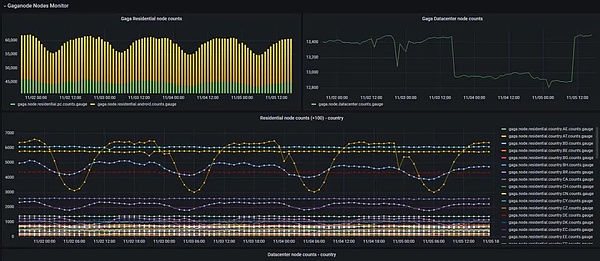
3.2.1Function and purpose
The main function of Gaganode is to act as a network node to assist Meeson Network to aggregate and allocate idle bandwidth resources.It allows individuals and enterprises to convert their unavailable bandwidth into a resource that can be used by others, thereby creating value and obtaining corresponding returns.
3.2.2Working principle
3.2.3Technical characteristics
3.2.4Application scenarios
>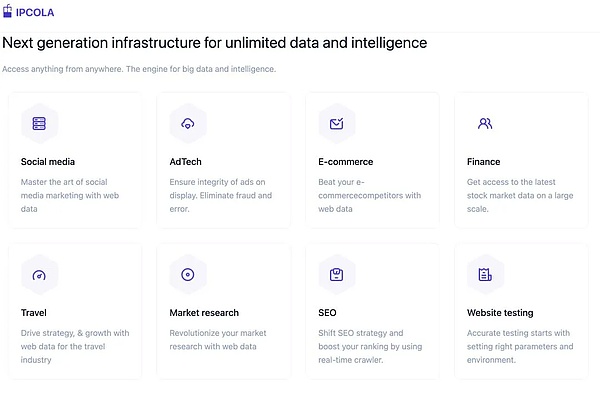
3.2.5Superiority
Gaganode is an important part of Meson Network. By providing a decentralized, automated bandwidth resource management and trading platform, it not only helps users to effectively use idle resources, but also provide strong infrastructure support for Meson Network, which has promoted the entire networkDevelopment and expansion.
3.3Bandwidth trading market
MESON Network’s bandwidth trading market is one of its core functions. It aims to create a decentralized platform that allows users to buy and sell unused network bandwidth.This market uses blockchain technology to ensure the transparency, security and efficiency of transactions.
>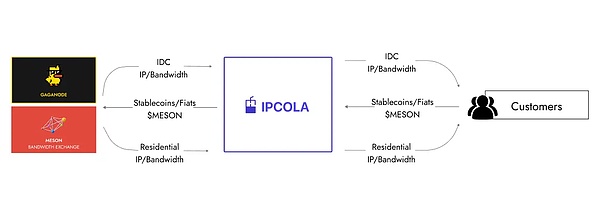
3.3.1Core function and purpose
The main purpose of the MESON Network’s bandwidth trading market is to provide a platform that enables the suppliers and demanders of bandwidth to trade directly without traditional intermediary agencies.This can greatly reduce transaction costs, while improving the efficiency of bandwidth utilization and resource distribution.
3.3.2Working principle
>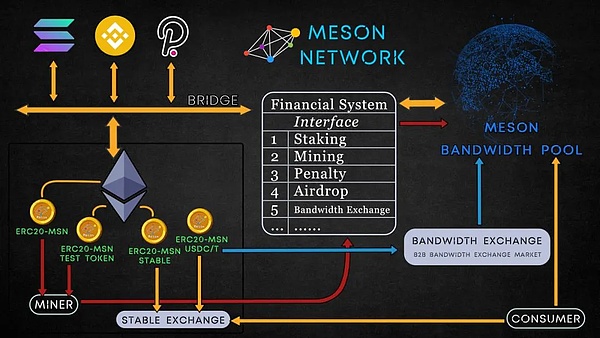
3.3.3Features and advantages
3.3.4Challenge and outlook
Although the bandwidth trading market provides many advantages, it also faces some challenges, such as uncertainty, price volatility, and how to ensure the bandwidth quality and reliability of both parties in the transaction.MESON Network needs to continuously optimize its technology and algorithms to deal with these challenges.
3.3.5Future development
As web3 and decentralized services increase, the demand for bandwidth is expected to continue to increase.MESON Network’s bandwidth trading market may become a key infrastructure to support these services, providing necessary network resources to support more widely used applications and services.
MESON Network’s bandwidth trading market provides an efficient, transparent and secure platform through innovative blockchain technology, so that buyers and sellers with bandwidth resources can directly trade.The establishment of this market not only promotes the optimization and utilization of bandwidth resources, but also creates new economic opportunities for users of MESON Network, which is expected to become a new model of network bandwidth management and transactions.
4. MSN token
MSN tokens are the incentives and governance tokens of Meson Network
>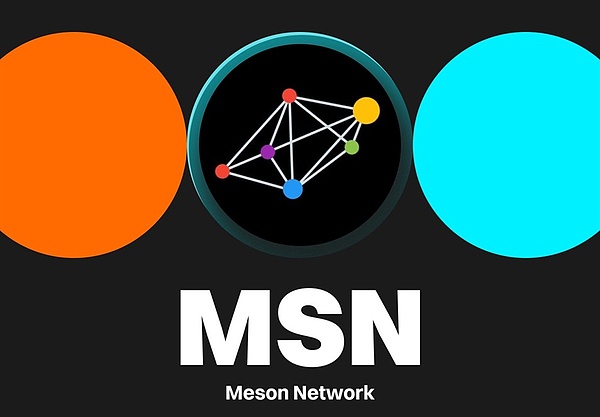
4.1Main function
4.2Token distribution
Specific tokens allocation percentage is
>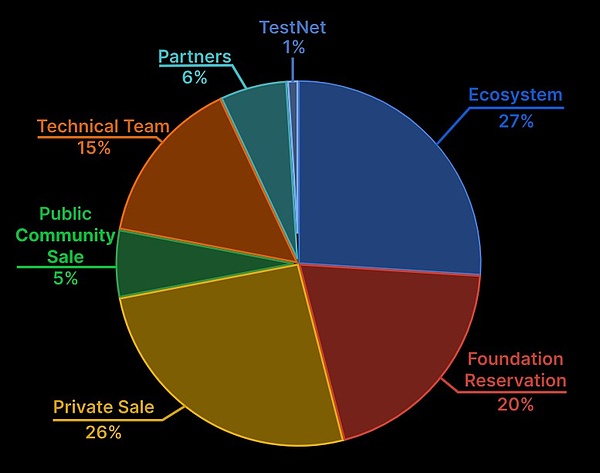
4.3Token unlocking mechanism
>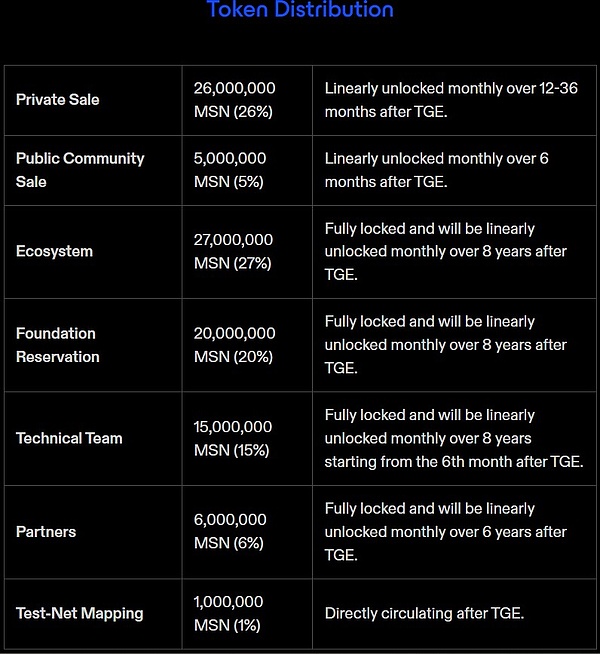
4.4Token circulation and inflation
>
4.5Technical team and allocation plan
4.6Token performance
>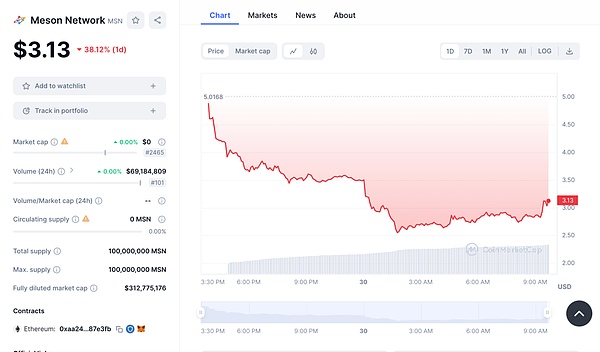
5. Team/partner/financing situation
5.1team
>
Meson Network is led by experienced core teams, including:
5.2Partner
>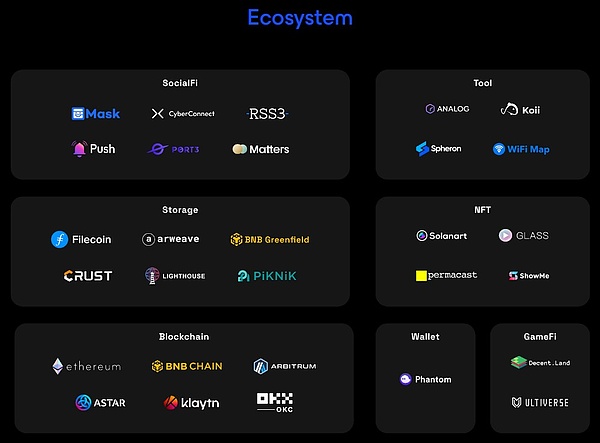
In terms of ecosystems, MESON Network has a cooperative relationship with multiple technologies and blockchain projects. These projects include, but not limited to:
5.3Financing situation
>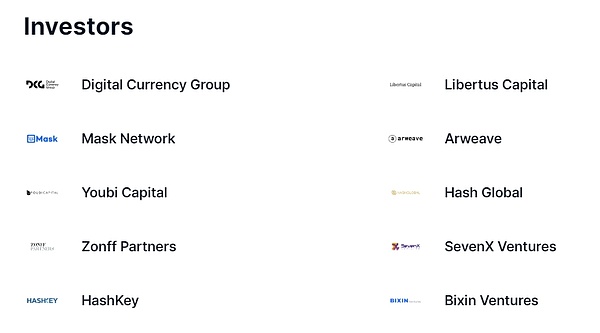
At present, MESON Network has successfully raised more than $ 3.5 million in investment funds such as Hashkey Capital, Digital Money Group, Presto and other investment funds.
In addition, MESON Network has received US $ 8.75 million in major funds including Digital Currency Group, Libertus Capital, Mask Network, Arweave.
6. Project evaluation
6.1Track analysis
MESON Network belongs to the track of decentralized finance and decentralized infrastructure, especially in the decentralized bandwidth trading market.It aims to optimize and commercialize unused bandwidth resources through blockchain technology. Such projects often involve in other web3 fields, such as distributed storage or network services.
Similar projects include::
Target customer group:
Data centers and cloud service providers: seek companies that optimize asset use and increase income by selling idle bandwidth.
6.2Project advantage
1. Innovative market model
MESON Network has created a decentralized trading market for bandwidth resources.This model allows users to directly trade idle bandwidth without traditional intermediaries, which improves market efficiency and reduces costs.
1. Incentive mechanism
Through the MSN token, Meson Network encourages users to share their idle bandwidth resources.Users who provide bandwidth can get token awards, and at the same time use these tokens to pay for network services to create a self -motivated ecosystem.
2. Cross -chain function
MESON Network supports multi -chain deployment, such as Ethereum main network and Arbitrum, which enhances the accessability and diversity of the project.
3. Flexible technical solution
The project provides flexible bandwidth management solutions through its technical components such as Gateway X and Gaganode to adapt to changing market demand.
4. Clear development planning
MESON Network shows a clear roadmap and development strategies, including its tokens sales structure, ecosystem construction, and the establishment of a partner network, which shows the long -term perspective and commitment of the project.
5. Clear token distribution and governance
The project has a clear token distribution plan, as well as the participation mechanism of token -related governance and stakeholders, which is essential for maintaining the health and transparency of the ecosystem.
6. Powerful partners and supporters network
MESON Network has received support from well -known investment institutions and technical partners, which not only brings financial support for the project, but also brings rich industry experience and resources.
7. Extensive media exposure
The project has been reported by many well -known media including Bloomberg, Yahoo and Cointelegraph, which helps to increase the popularity and credibility of the project.
7. Important participants in the field of web3
MESON Network focuses on the construction of key infrastructure in the field of web3, providing support for decentralized applications, and is of great significance for promoting the development of the entire blockchain ecosystem.
6.3Project disadvantage
Although Meson Network has multiple obvious advantages and a clear development plan, there are also some potential shortcomings, which can be analyzed from its roadmap, business model and current market performance.
1. Technical implementation and admission risk
2. Market competition and positioning
3. Law and regulatory environment
4. The tokens economy and liquidity
5. Ecological system construction and maintenance
6. Long -term sustainability and sustainable development
7. Conclusion
In general, Meson Network represents a bold attempt for blockchain technology in the management and optimization of bandwidth resources.By creating a decentralized bandwidth trading market, it is committed to changing the way we get and use network resources.Although facing problems such as technological challenges, market competition, and supervision uncertainty, MESON Network’s innovative model and clear development planning have established a clear competitive advantage in the field of Web 3.0 infrastructure.As the project continues to develop and mature, it may not only provide value for bandwidth resources providers and demanders, but also have the potential to promote the further decentralization of the entire digital economy.Although the future road is full of challenges, Meeson Network is steadily promoting, looking forward to it as a bridge connecting people, technology and resources to open a new chapter in the decentralized network world.



